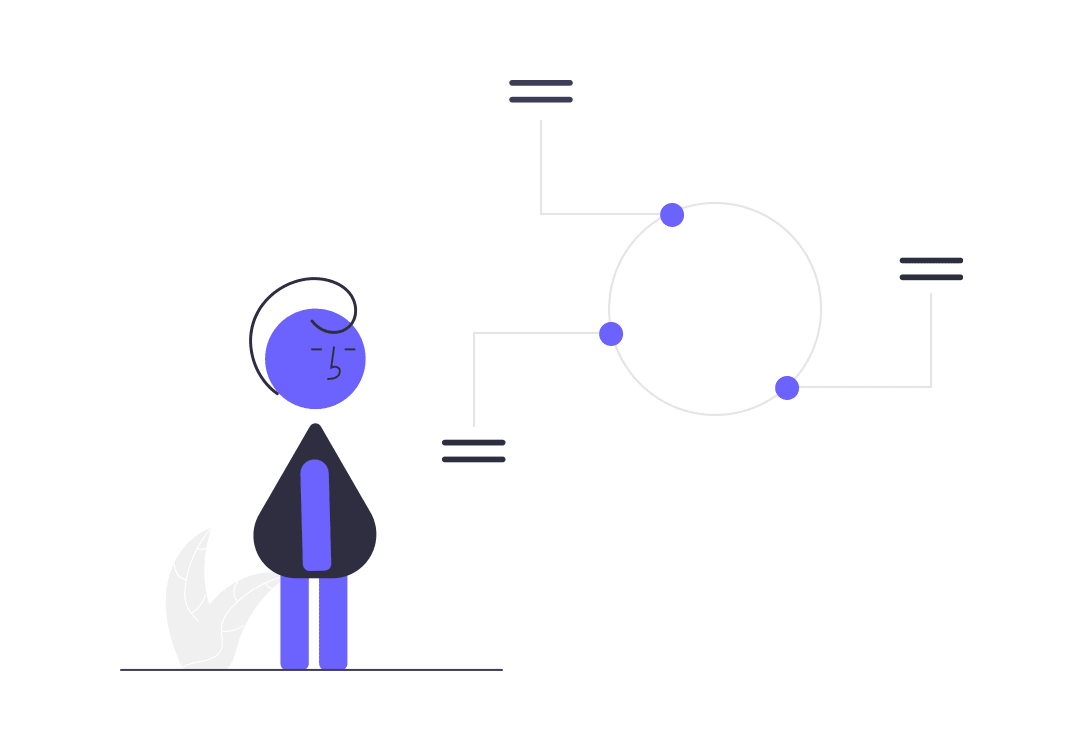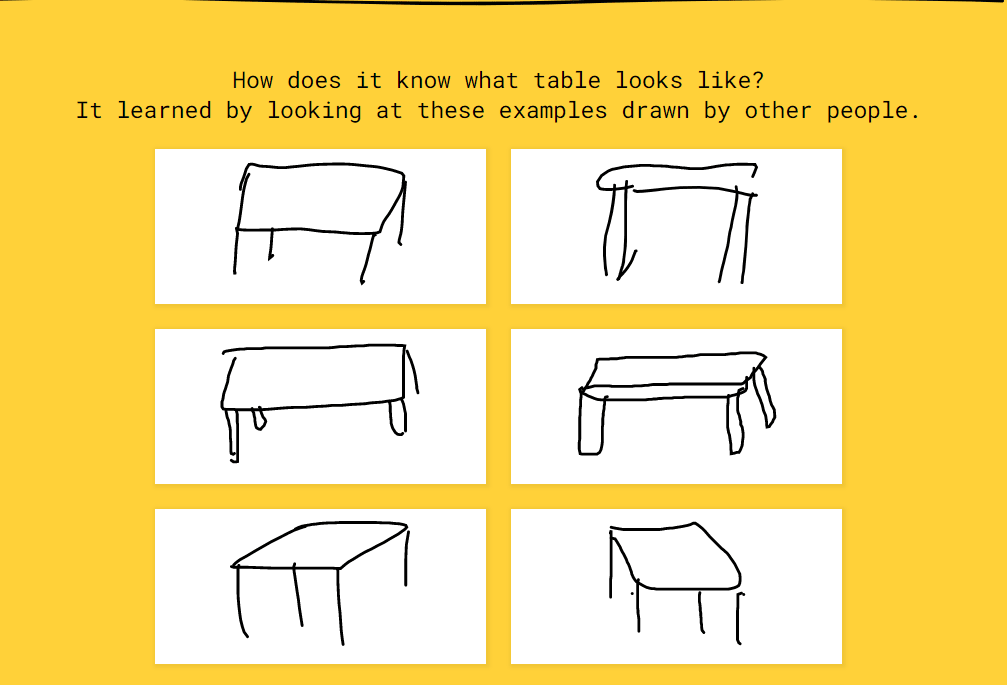
Introduction To Artificial Intelligence
In order to learn about Artificial Intelligence, it would be helpful to complete a round of Quick, Draw
What is Artificial Intelligence?
Now that the activity is out of the way, we can define Artificial Intelligence(AI) as the simulation of human intelligence in machines. AI is often divided into two categories, weak AI and strong AI. Weak AI refers to system that is designed to carry out a specific task such as playing a game, answering questions, or guessing your drawings in Quick, Draw. Strong AI is different in that it can perform a variety of functions just as a human does.
Modern Day Artificial Intelligence
Artificial Intelligence developments have only been capable of producing weak AI; there is no current example of strong AI. Modern day Artificial Intelligence is heavily composed of machine learning. Machine learning is the study of computer programs that can learn and adapt to new data without human intervention.
How Does Machine Learning Work?
Essentially, machine learning programs build prediction models to address a specific goal. The goal in Quick, Draw is for the computer to guess the correct drawing.

Each picture represents a data entry; in the image above each data entry is tagged as 'table' to signal what a table drawing looks like. The machine uses all of these data entries to create a model, or a method of connecting each data entry to its tag.
Once the machine develops a model, it can start making predictions on new data. Keep in mind that the machine is not giving a concrete answer, just which is most likely to be the right answer. In Quick, Draw you can see the machine's top 3 guesses for your drawing:

The Strength Of Machine Learning
Machine learning is not only used for fun games. Machine Learning is used to develop self driving cars, virtual assistants(e.g. Alexa and Siri), social media recommendations, targeted advertisements, facial recognition, and much more. The training sets for these AI's are not drawings, instead companies collect a lot of data from its users. Whenever you agree to terms and conditions and privacy policies, you are likely agreeing to having your data sent to different machine learning models.